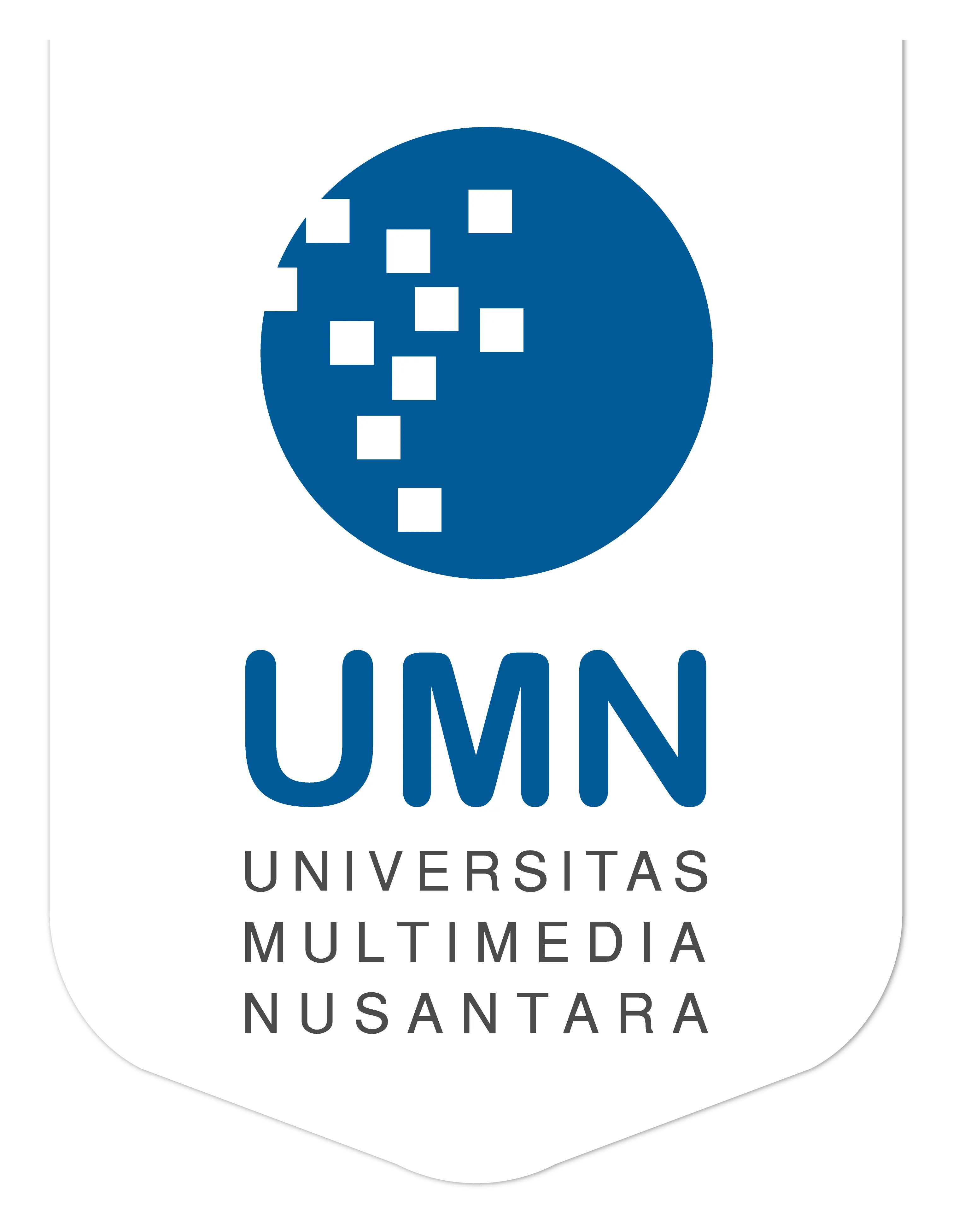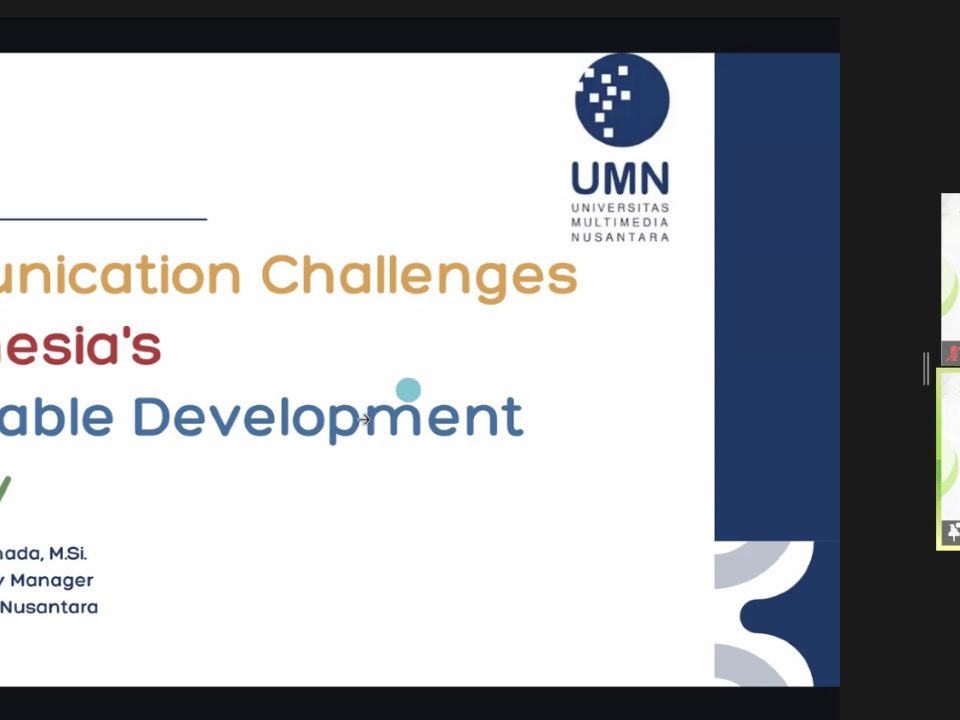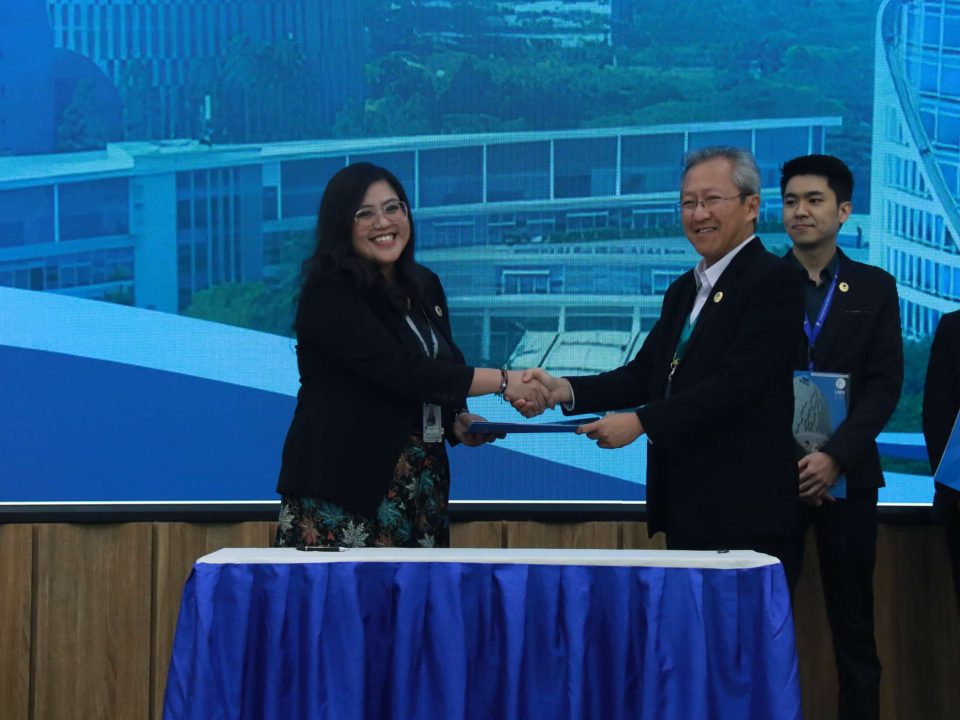
The UMN Initiative and Facebook to Improve the Competence of Indonesian Communication Practitioners in Community Management
May 6, 2021
Kerja sama UMN dengan UTS untuk program Offshore Learning Centre Indonesia (OLC)
May 7, 2021
Nara (kiri), Syarief (kanan), dan Maulidya (bawah). (dok.UMN)
TANGERANG – COMMPRESS UMN 2021 held a Zoom webinar on “Solutions Journalism: Optimistic or Pessimistic?” on Wednesday (5/5/21). The webinar taking up the topic of solutions journalism was guided by the lecturer on History of Journalism at UMN, Nasrullah Nara, and filled with two speakers, namely the Journalists Association for Diversity (SEJUK), Maulidya, and the Fact Checker in the Indonesian Anti-Defamation Society (Mafindo), Syarief Ramaputra. In accordance with this theme, the two speakers presented material on identifying hoaxes in the digital era and covering the issue of diversity.
It is hoped that this theme of solutions journalism can provide young journalists with positive journalistic work in any situation. In fact, in the current condition, Syarief Ramaputra said that anyone could be a producer of information. Even so, he said this was not in line with the level of literacy in Indonesia so that hoaxes were often encountered. Various kinds of motives for making hoaxes were found, ranging from gaining political and economic benefits to provoking, even just for fun. Especially in the current situation, Syarief and the Mafindo team have also found various hoaxes about Covid-19.
“The current pandemic challenge is the emergence of the infodemic (disinformation circulating massively and rapidly) as well. Lots of information circulates now, vaccines, yes. In the current digital era, there are so many social media platforms that we are flooded with information, both facts and hoaxes. So, information can no longer be blocked,” said Syarief.
Since it is multiplatform, misinformation can be created in various formats – text, image, video. Syarief also explained several tools to help check information. For instance, using Google Image and Yandex to check the authenticity of an image. In addition, he also provided video checking tips by paying attention to the details. Details in the video could be in the form of building names, vehicle registration plates, street names, monuments, and so on. Currently, Syarief also said that Mafindo had collaborated with WhatsApp to check for wrong information.
Also read Pameran Foto Virtual Mahasiswa Jurnalistik Kelas N UMN
On the same occasion, Maulidya from SEJUK presented material on the coverage of the issue of diversity in journalism. This diversity theme was raised because there are still some people who are not sensitive to diversity. As a result, Maulidya also showed that there are still some biased and stereotypical news about minority groups. According to him, such news can have various impacts.
“These discriminations eventually enter our mindset and result in the drafting of discriminatory policies, both at national and regional levels,” said Maulidya.
Responding to that, Maulidya also gave tips on balanced coverage of the issue of diversity. Some of the ways of reporting include avoiding individual or group re-victimization, not using euphemisms (refinement of words), knowing discrimination and the impact experienced by victims, making news without romanticism but based on facts and proportionally.
At the end of this webinar, Nasrullah Nara as the moderator concluded the importance of implementing this solutions journalism. It aims to package content that stands for truth and humanity. In addition, he also emphasized the aspect of conscience from the nine elements of journalism.
“One of the nine elements of journalism emphasizes the need for us to use a conscience because people say we need a conscience, so we can minimize ethical and legal violations as much as possible,” Nara concluded.
*by Melinda Chang – Multimedia Nusantara University News Service





